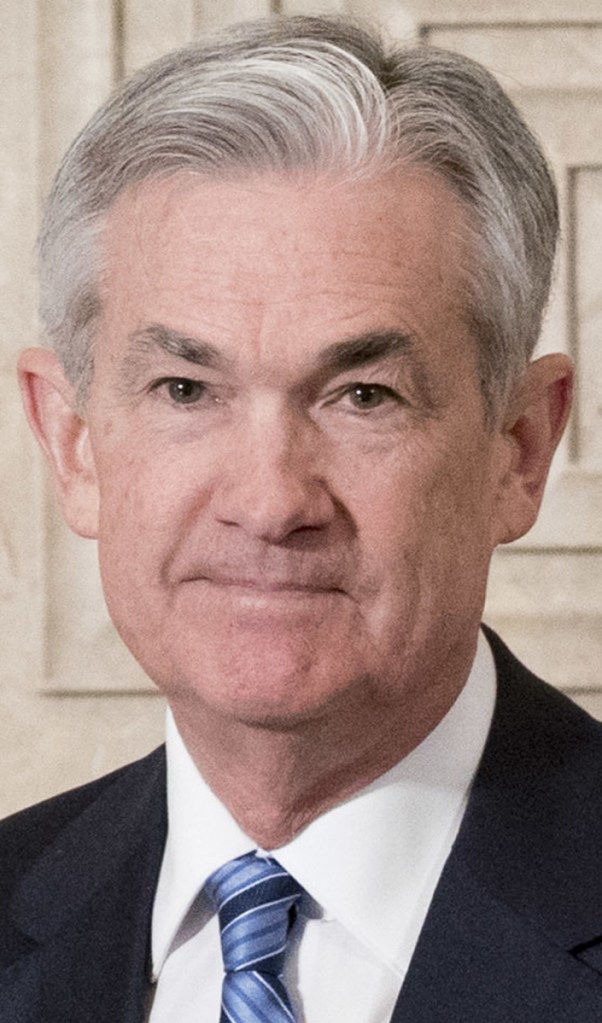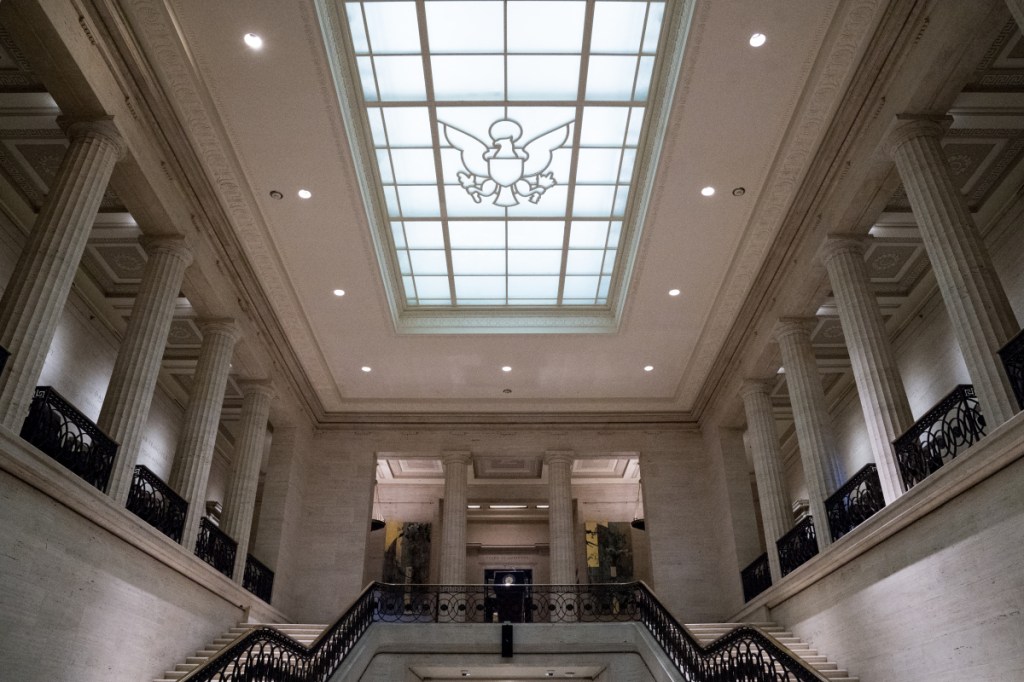WASHINGTON — The Federal Reserve says it expects that the ongoing strength of the U.S. economy will warrant gradual increases in interest rates this year, delivering the same steady-as-it-goes message under new leader Jerome Powell as it had provided under Janet Yellen.
The Fed’s projection on rate hikes came with the release Friday of its semiannual monetary report to Congress. Powell will testify on the report before the House Financial Services Committee next Tuesday, making his first public appearance since taking over as chairman earlier this month.
The report stated that the Fed expects steady economic gains will warrant “further gradual increases” in the Fed’s benchmark rate. But it said the rate was likely to remain low enough to stimulate the economy over the next two years.
Sal Guatieri, senior economist at BMO Capital Markets, said the monetary report was “in line with further gradual rate hikes” although he said various sections could be read to support either an expected three hikes or possibly four hikes this year.
He said that comments in the report that noted that the labor market was “near or a little beyond” full employment could be a signal that the Fed will boost rates four times this year while other comments that wage growth remains “moderate” could be cited to support the view that the Fed was sticking with its December projection for three rate hikes.
Chris Rupkey, chief financial economist at MUFG Union Bank in New York, said he believed the overall tone in the report was a signal the central bank under Powell is prepared to accelerate rate hikes to four this year.
“The Fed is inching closer to our call for them to raise interest rates four times this year as the worry over low inflation has been moved to the back burner,” Rupkey said.
The Fed’s key policy rate is currently in a range of 1.25 percent to 1.5 percent. The Fed raised rates three times last year with the last hike occurring in December. The Fed had pushed the rate to a record low near zero in December 2008 as it struggled to contain a severe financial crisis and the deepest economic downturn since the Great Recession of the 1930s.
It kept the rate unchanged for seven years until December 2015 and since that time has boosted the rate in five tiny quarter-point moves, including three rate hikes last year.
At the December meeting, Fed officials signaled that they expected to raise rates another three times in 2018.
However, investors have grown concerned that signs of rising wage and inflation pressures might prompt it to speed up the rate hikes.
Those fears were one of the factors leading to a series of stomach-churning days in the stock market earlier this month, a sell-off that began after the Labor Department reported that wage gains had accelerated in January.
The report released Friday noted that stock prices had declined after hitting record highs in January. It partially attributed the strong stock gains last year and into January to investor anticipation of a boost to after-tax earnings from corporate tax cuts included in the tax bill Congress passed in December.
The report noted that even with the sell-off in recent weeks, the valuation of stocks, judged by the stock price related to company earnings, remained near the highest levels seen since the late 1990s.
Many economists now believe the Fed will end up raising rates four times this year with the first hike likely to come in March, which will be Powell’s first meeting as chairman. Yellen presided at the January meeting, which occurred before the market turmoil, and the Fed left rates unchanged.
However, minutes of that meeting indicated that Fed officials in their two days of discussions expressed the view that prospects for the global economy were brightening. The development, combined with the stimulus expected from the U.S. tax cuts passed in December, had raised prospects for solid growth in 2018 and further interest rate increases.
Send questions/comments to the editors.




Success. Please wait for the page to reload. If the page does not reload within 5 seconds, please refresh the page.
Enter your email and password to access comments.
Hi, to comment on stories you must . This profile is in addition to your subscription and website login.
Already have a commenting profile? .
Invalid username/password.
Please check your email to confirm and complete your registration.
Only subscribers are eligible to post comments. Please subscribe or login first for digital access. Here’s why.
Use the form below to reset your password. When you've submitted your account email, we will send an email with a reset code.